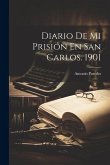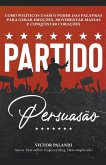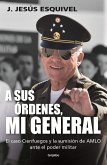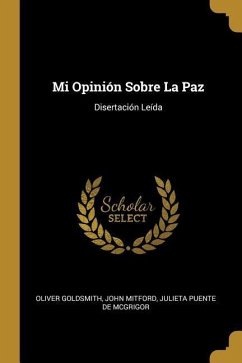The Cristero movement is little known outside Mexico, and had its precedents in the 19th century and a strong boom in the 20th. It began in Mexico as a reaction of Catholics to the prohibition to publicly practice their traditions and faith. By then, most Mexicans were Catholic by conviction, thanks to the Spanish presence. Upon achieving independence, Anglo-Saxon Freemasonry promoted a secularist and openly anti-clerical movement in Mexico with the aim of making Mexico politically and economically dependent on the United States. For this, the political class had to join the dominant lodge. The laws of Lerdo de Tejada, towards the middle of the 19th century, triggered the anti-Catholic policy: religious teaching centers were closed and confessionals were removed from churches. When deprived of their freedom, Catholics from all over the country organized themselves as an armed opposition and it was reduced militarily. Later, Carranza, Obregón and Elías Calles promoted much more restrictive laws and a limit was set on the maximum number of priests that could be in each zone. President Calles created what he would call the Mexican Catholic Church. It was not successful, but it put Catholics in a delicate situation and without protection from the bishops, who lived all this with a diplomatic attitude. A new rearmament arose and, in parallel, the League for the Defense of Religious Liberty, precursor of the later Cristero movement. This, in spite of its initial rejection of violence. The insurgency began in 1927 with greater force in rural areas. In total, it lasted three years and killed thousands of Mexicans on both sides of the conflict. In order to achieve peace, the Cristeros relied on the unfulfilled promises of the federales, and many of them were shot. Francisco Carpintero Benítez describes one of the most relevant moments in the history of Mexico during the late 19th and early 20th centuries, with a clear exposition of facts and characters from both sides of the conflict, as well as the actions of the Church from the Vatican.
Hinweis: Dieser Artikel kann nur an eine deutsche Lieferadresse ausgeliefert werden.
Hinweis: Dieser Artikel kann nur an eine deutsche Lieferadresse ausgeliefert werden.








